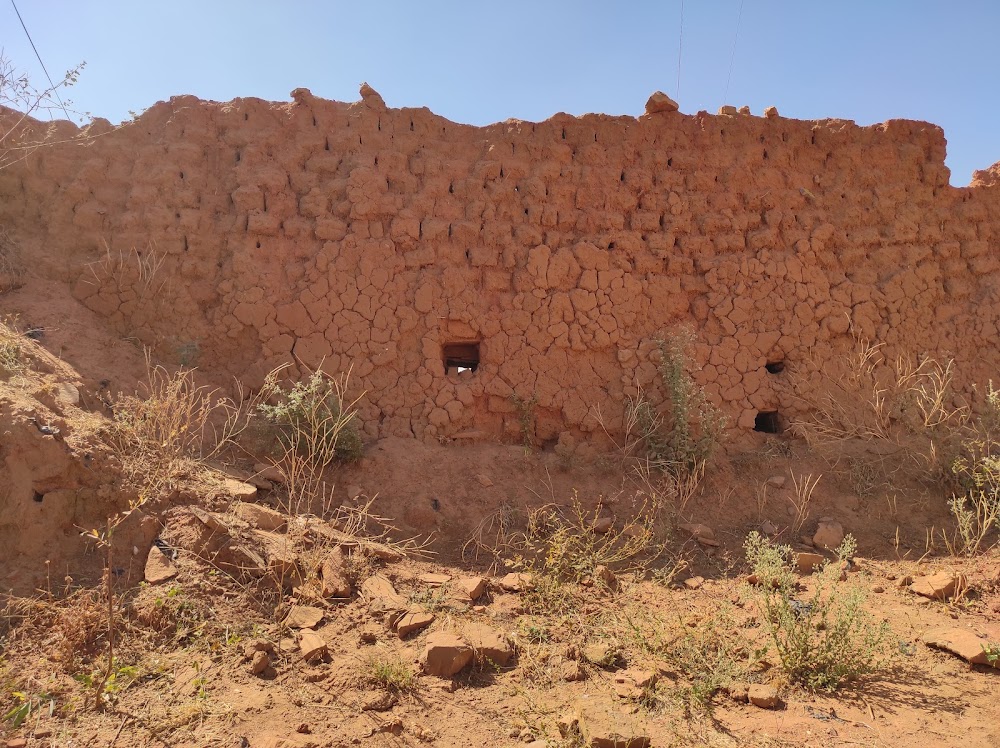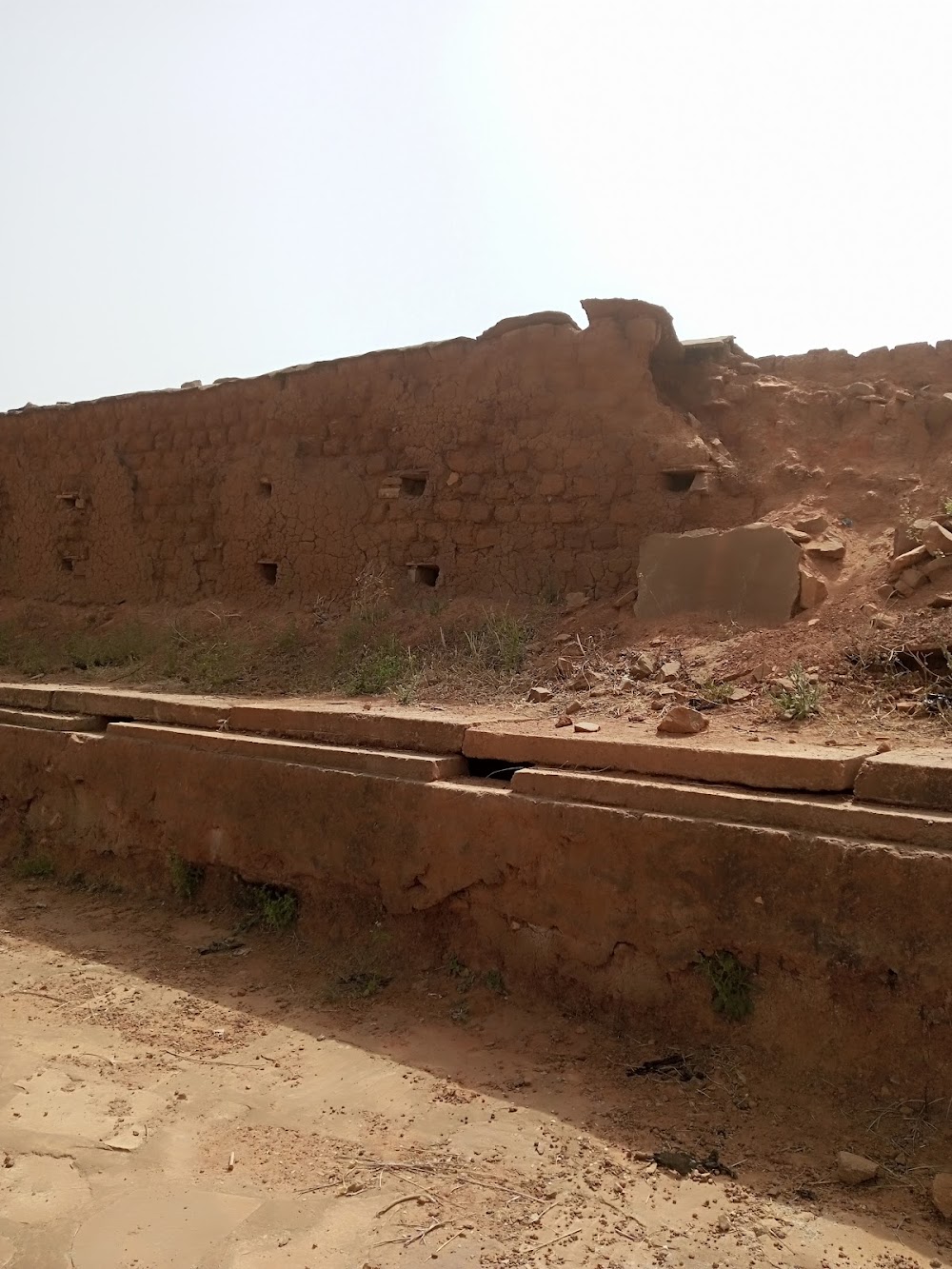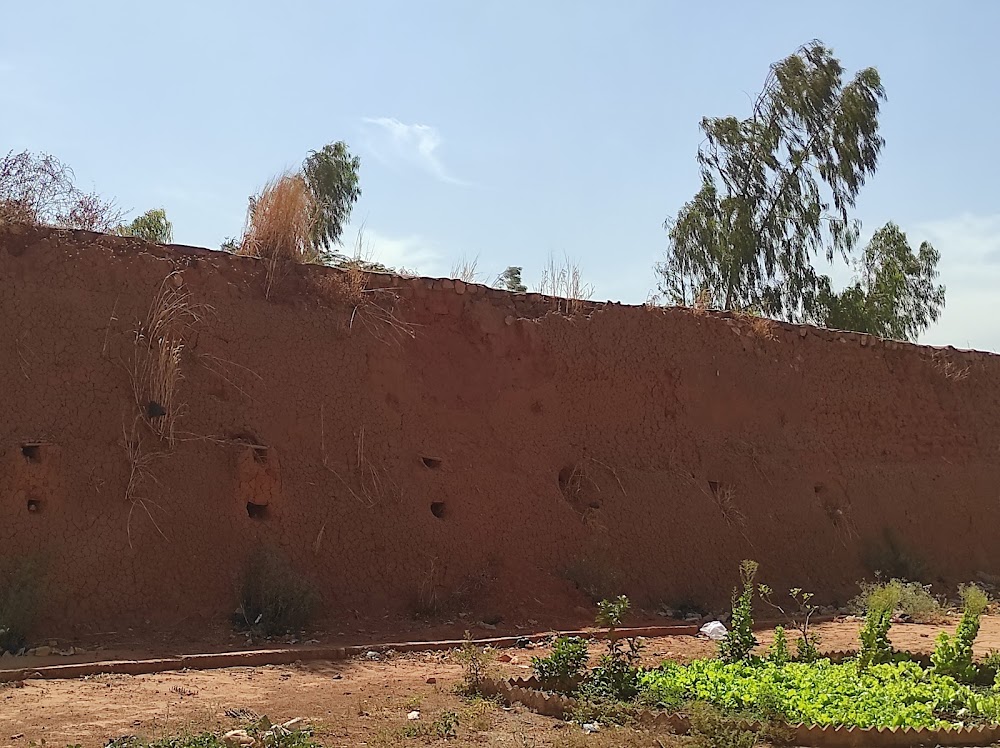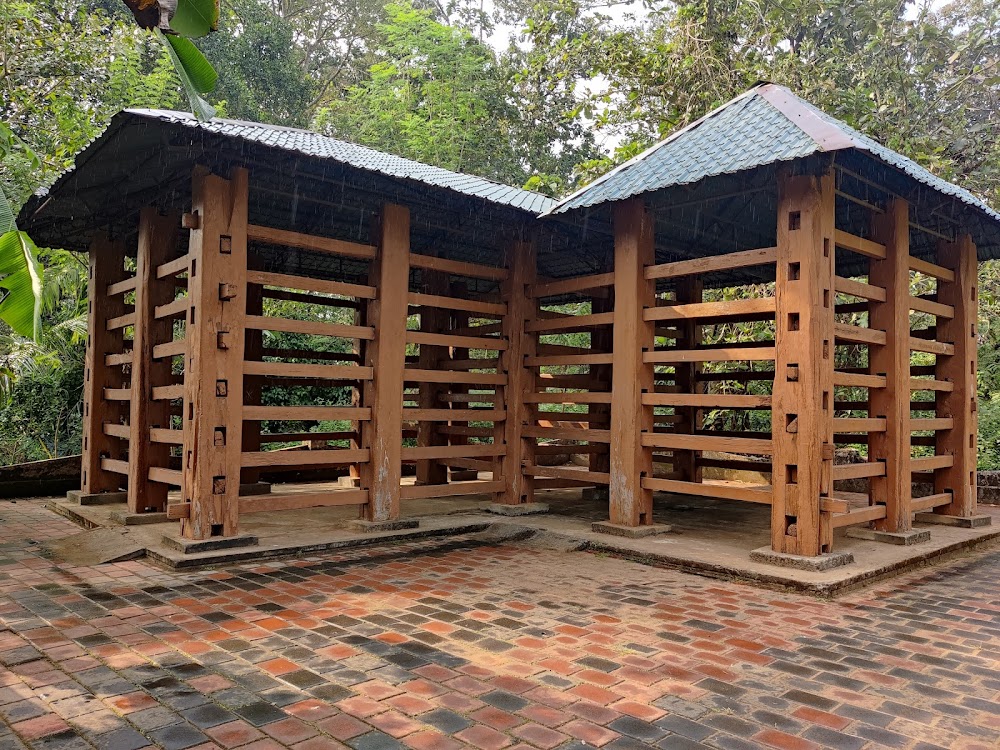Tata of Sikasso (Tata de Sikasso)
Overview
In the late 19th century, the vibrant city of **Sikasso** in the Sikasso Region of Mali was more than just a hub of commerce and culture; it was a fortified bastion of strength. Under the leadership of **King Tieba Traoré**, the region sought to defend itself against external threats, particularly from French colonial forces. This backdrop paved the way for the construction of the **Tata of Sikasso**, an impressive defensive fortification that remains a significant historical landmark today.
The **Tata of Sikasso** was built between **1875 and 1887** at the behest of King Tieba Traoré. Its primary function was to serve as a formidable barrier against invaders, encircling the entire city of Sikasso. The wall extended approximately **five miles (eight kilometers)** in circumference and was crafted from traditional materials such as mud, straw, and wood, characteristic of Sub-Saharan African architecture of that time. Skilled artisans and laborers meticulously constructed the wall to a height of about **six meters (approximately 20 feet)**, ensuring it was both durable and imposing.
One of the most fascinating aspects of the Tata was its impressive thickness. In certain areas, the wall exceeded **one meter in width**, making it robust and difficult for enemies to breach. The fortification featured several gates that facilitated controlled access to the city, which were heavily guarded and could be quickly reinforced during times of threat, adding another layer of security to this fortified stronghold.
Within the protective embrace of the Tata, the city flourished. The walls instilled a sense of security, allowing the people of Sikasso to engage in daily life, trade, and cultural activities without the constant fear of attack. The fortifications also enhanced the city's strategic significance, making it a refuge for those seeking protection from the encroaching colonial powers in West Africa.
The effectiveness of the Tata as a defensive structure was put to a severe test during the **Siege of Sikasso** in **1887**. French colonial troops, led by Colonel **Louis Archinard**, besieged the city in their relentless campaign to expand French territories in West Africa. Although the walls showcased remarkable resilience, the French forces, armed with superior weaponry and artillery, ultimately breached the defenses following a prolonged and intense struggle.
Despite the Tata's inability to prevent the fall of Sikasso to the French, it stands as a testament to the ingenuity and determination of the city’s leaders and its inhabitants. The impressive construction reflects the innovative use of local techniques and materials, creating a defensive structure that remains notable today.
In the years after the siege, parts of the Tata fell into disrepair as the region underwent significant transformations under French colonial rule and later as part of the independent nation of Mali. Nevertheless, the remnants of the Tata of Sikasso have been preserved to some extent, continuing to attract historians, tourists, and locals alike, all captivated by this remarkable piece of architectural and cultural history.
Visiting the **Ruines du Tata Sikasso** today offers an intriguing glimpse into the past. The surviving sections of the wall, though weathered by time, still convey the grandeur and importance of the original structure. Their endurance serves as a powerful reminder of the role fortifications played in the history of West African kingdoms and their efforts to protect their sovereignty against various challenges.
The **Tata of Sikasso** is more than just a relic; it symbolizes the resilience and ingenuity of the people of Sikasso. It encapsulates a poignant chapter in the history of Mali, illustrating both the struggles faced and the enduring spirit of a community committed to safeguarding its way of life.







